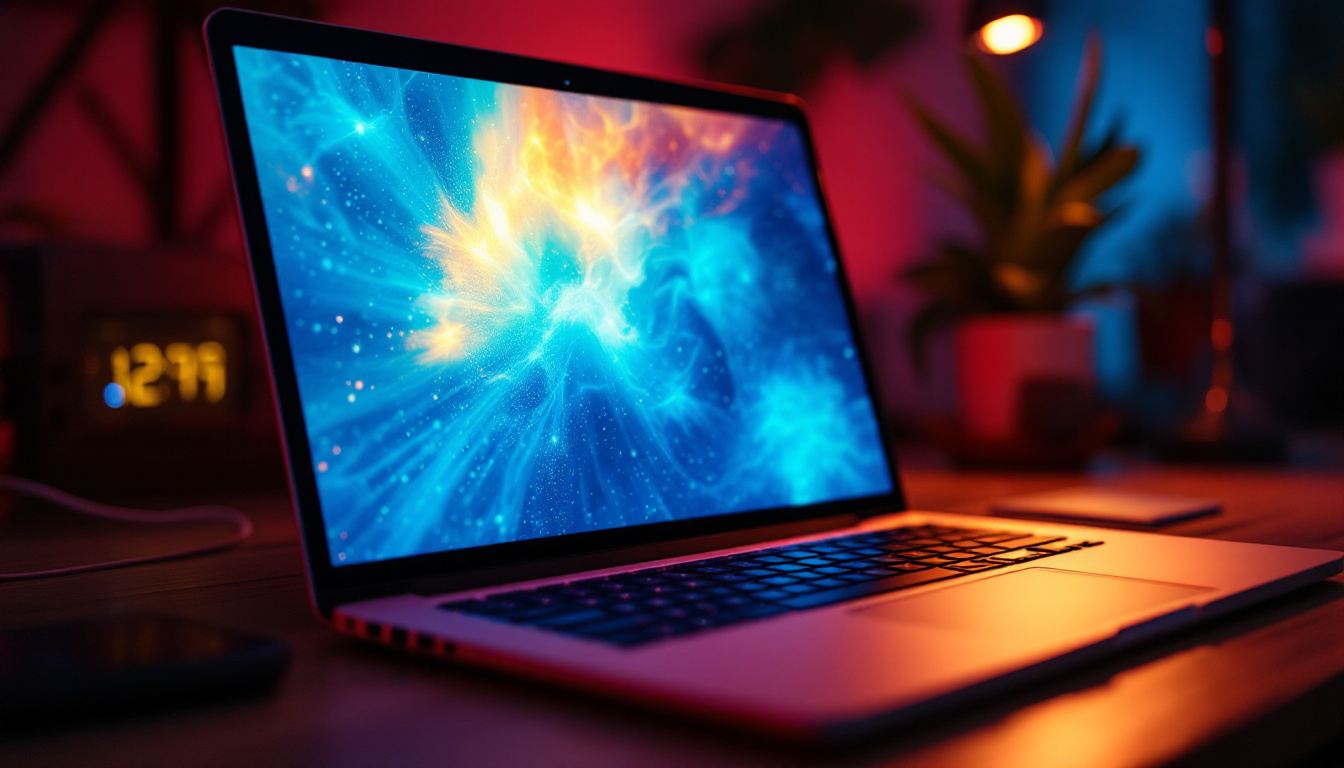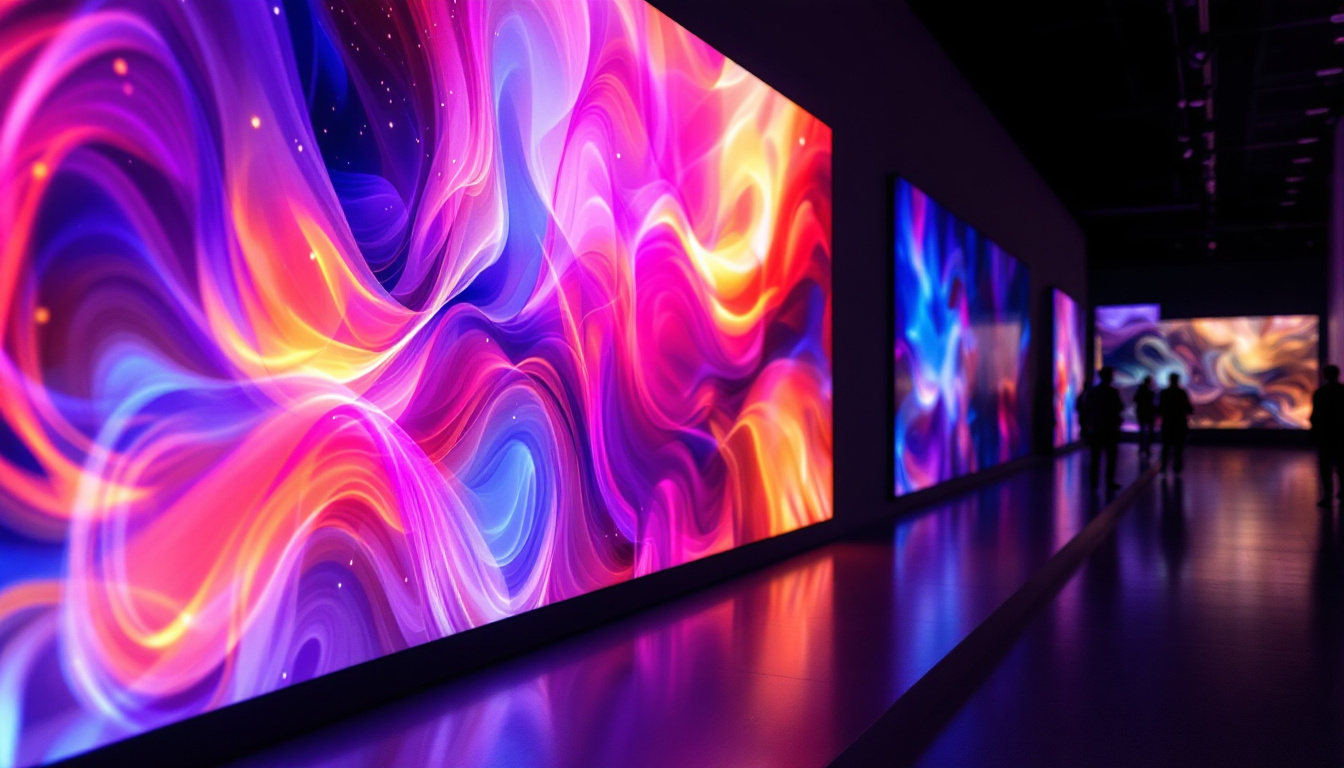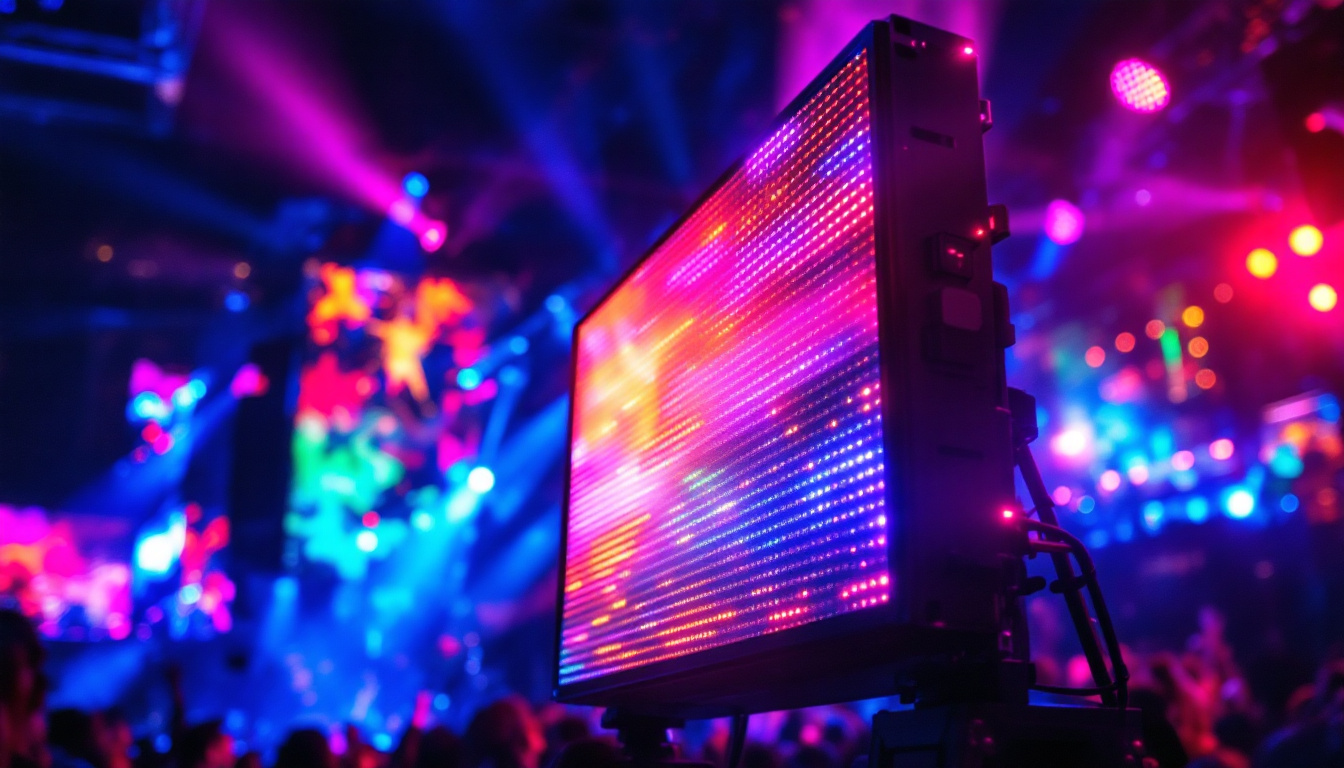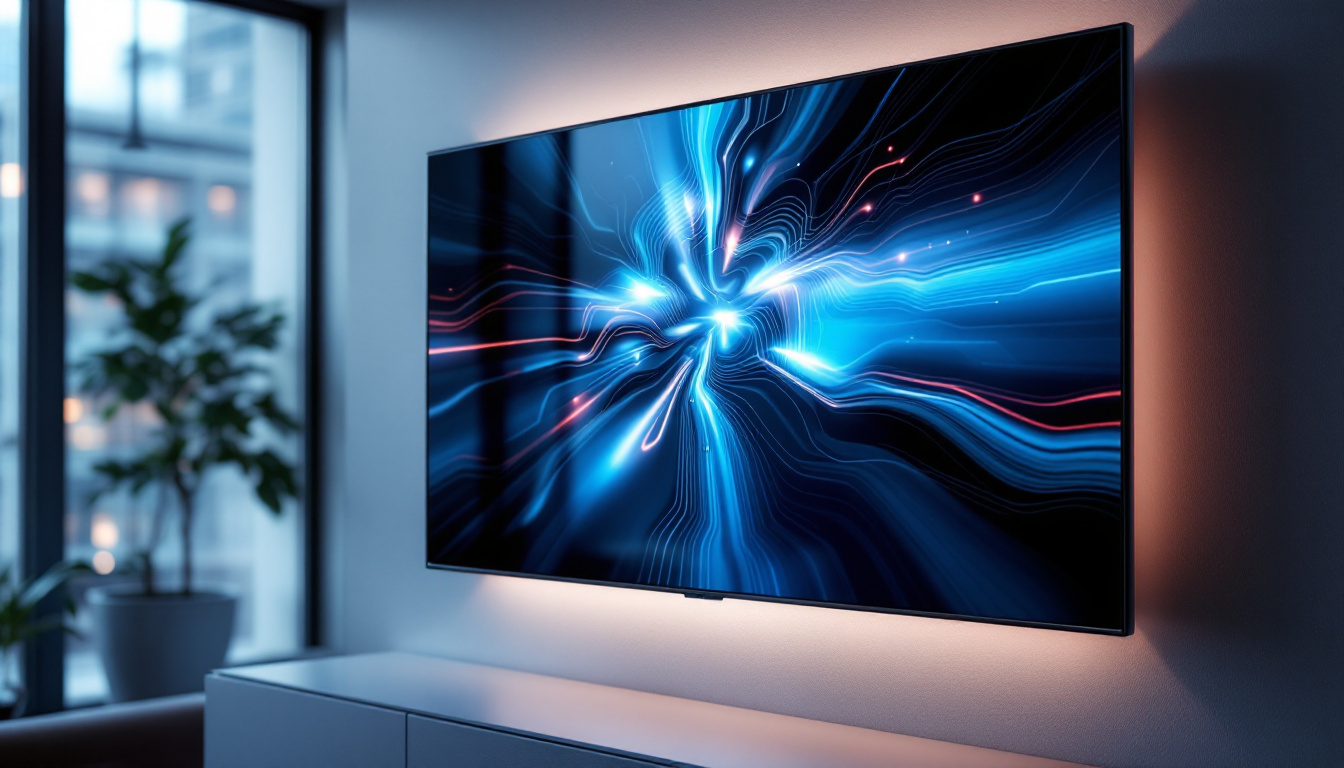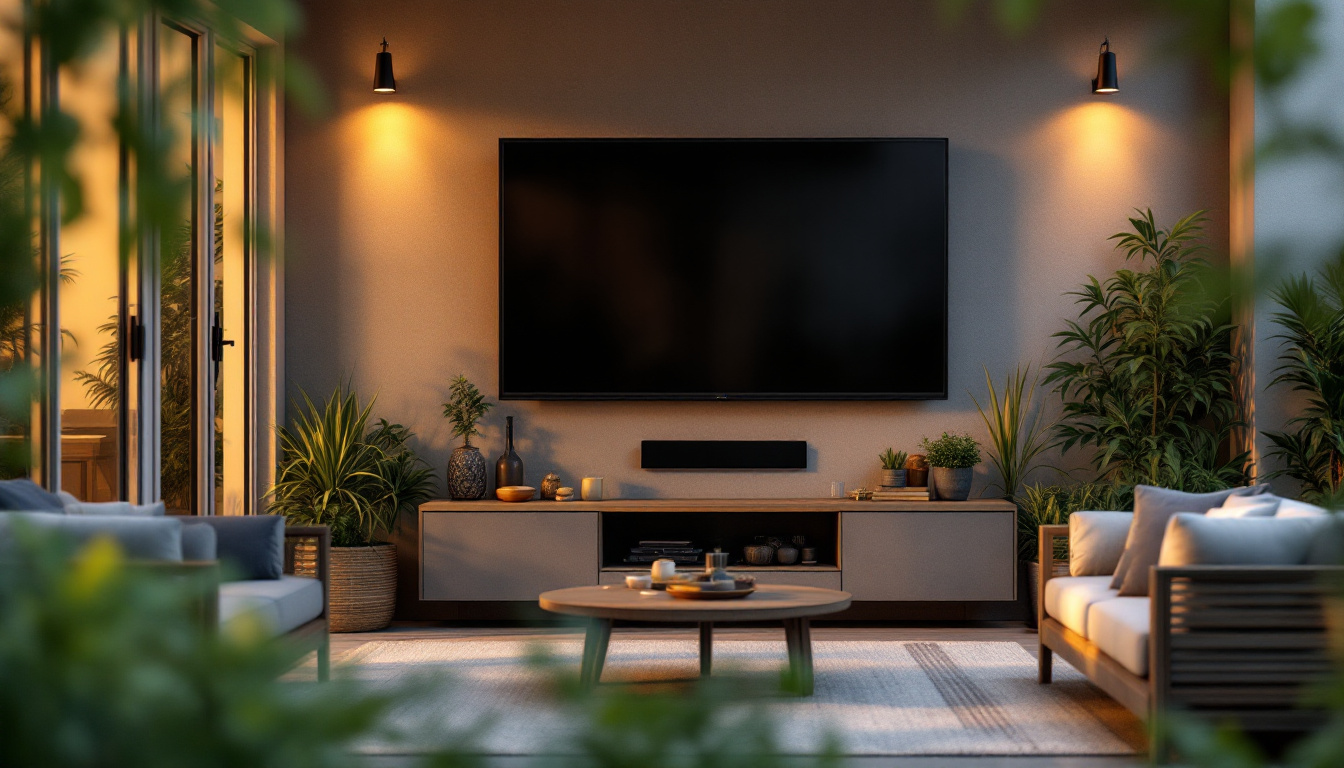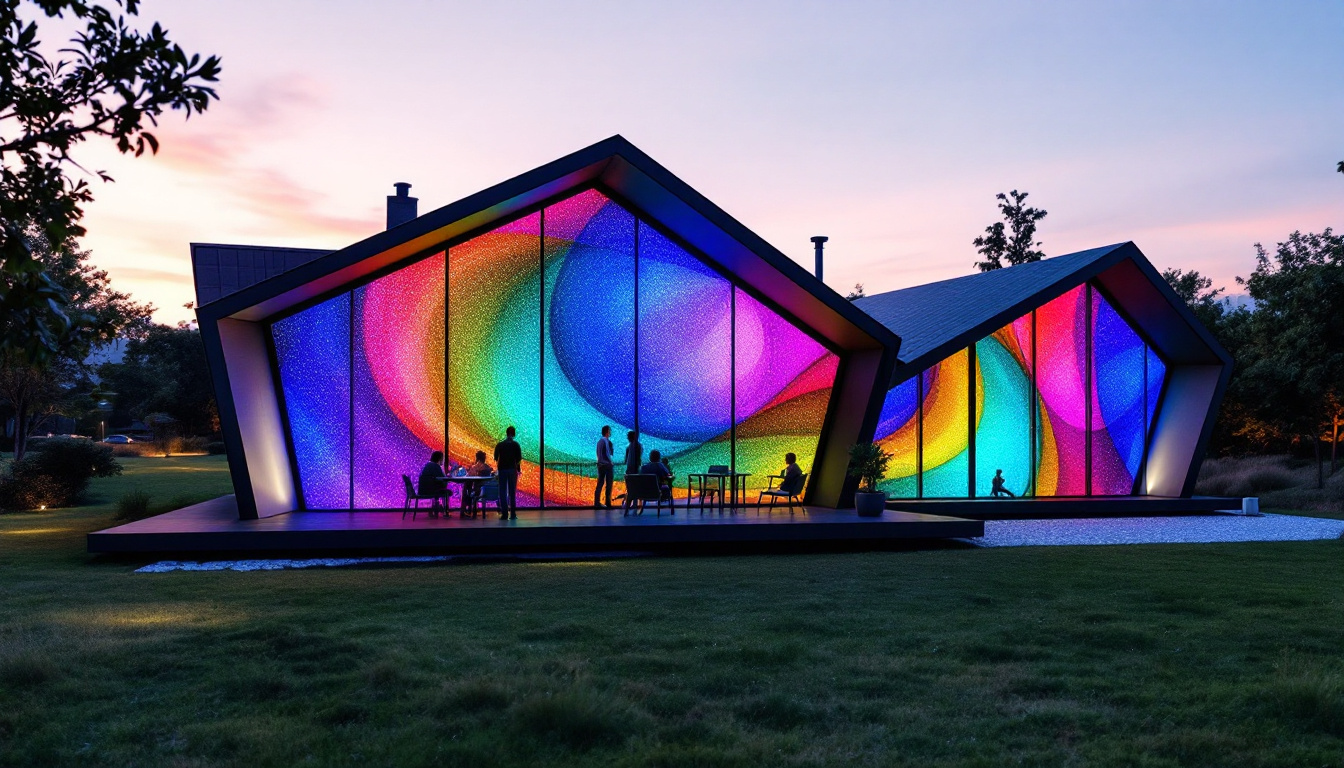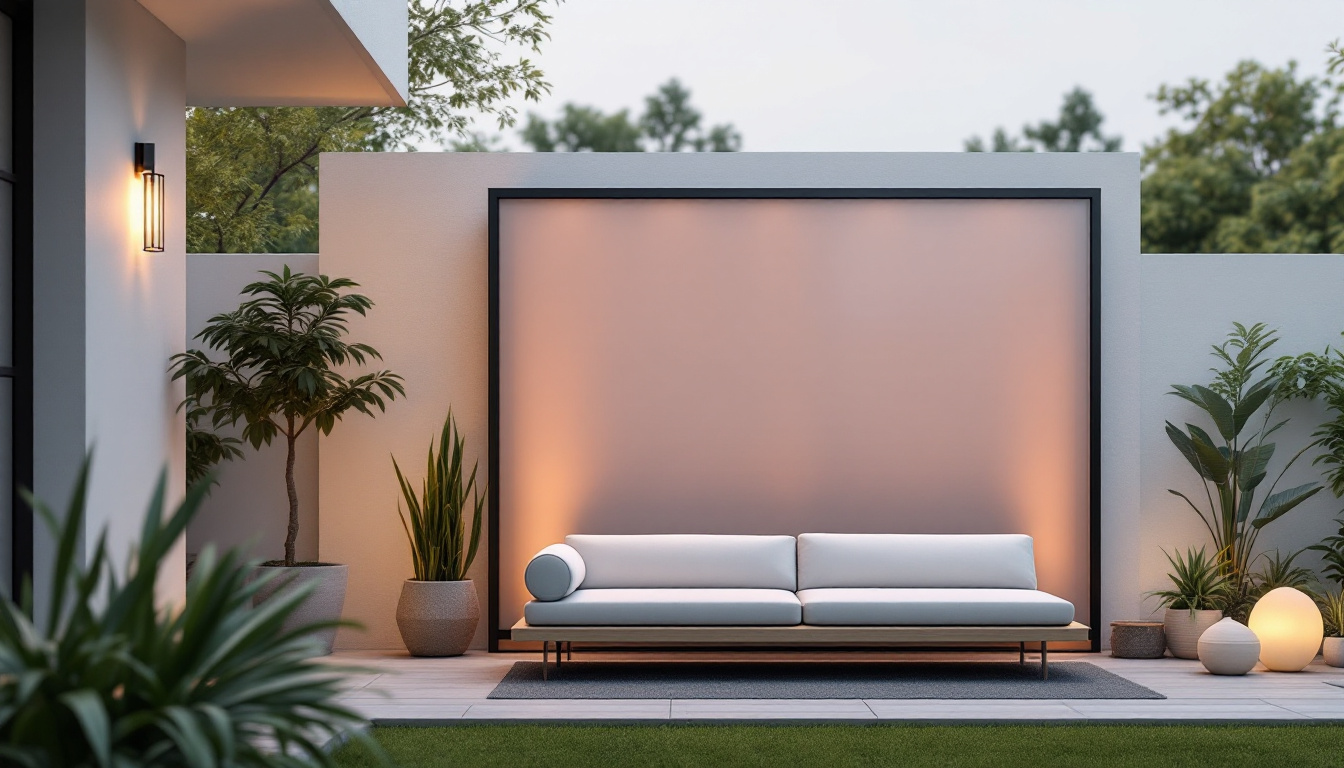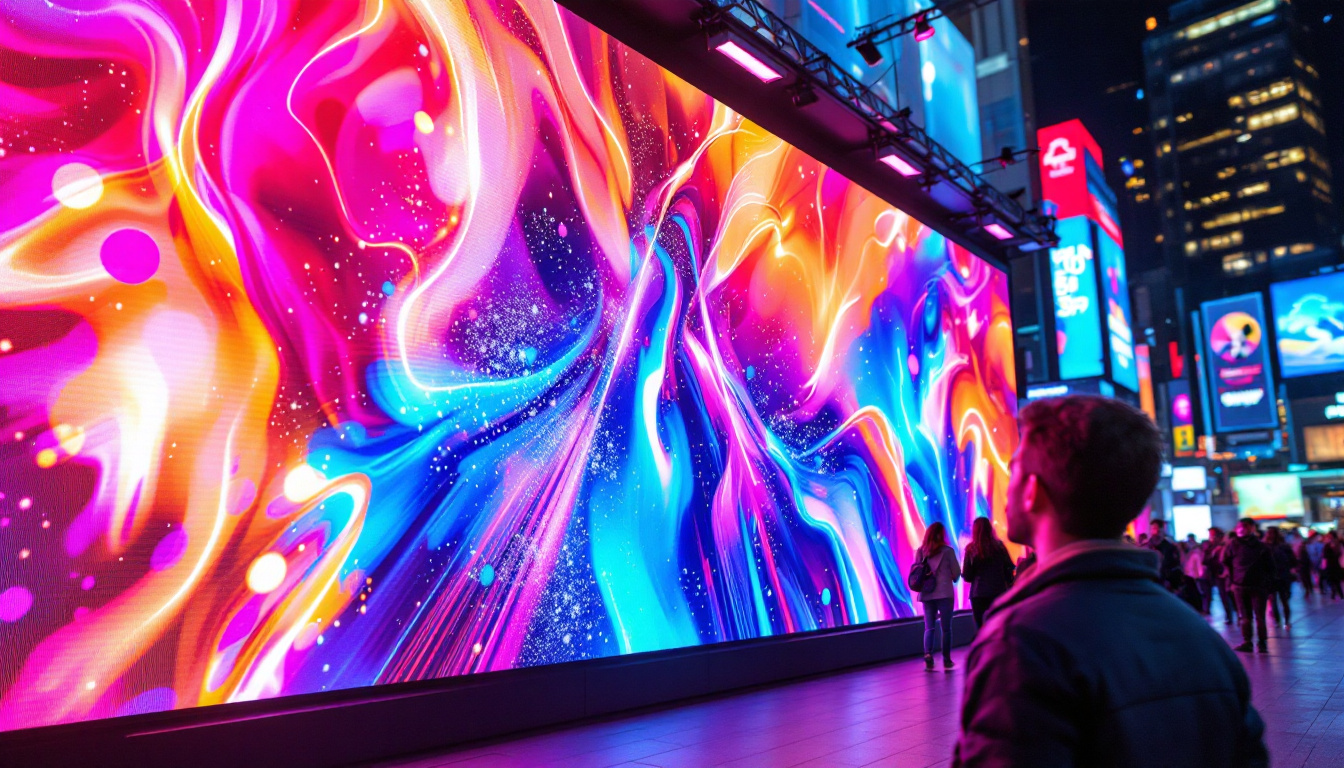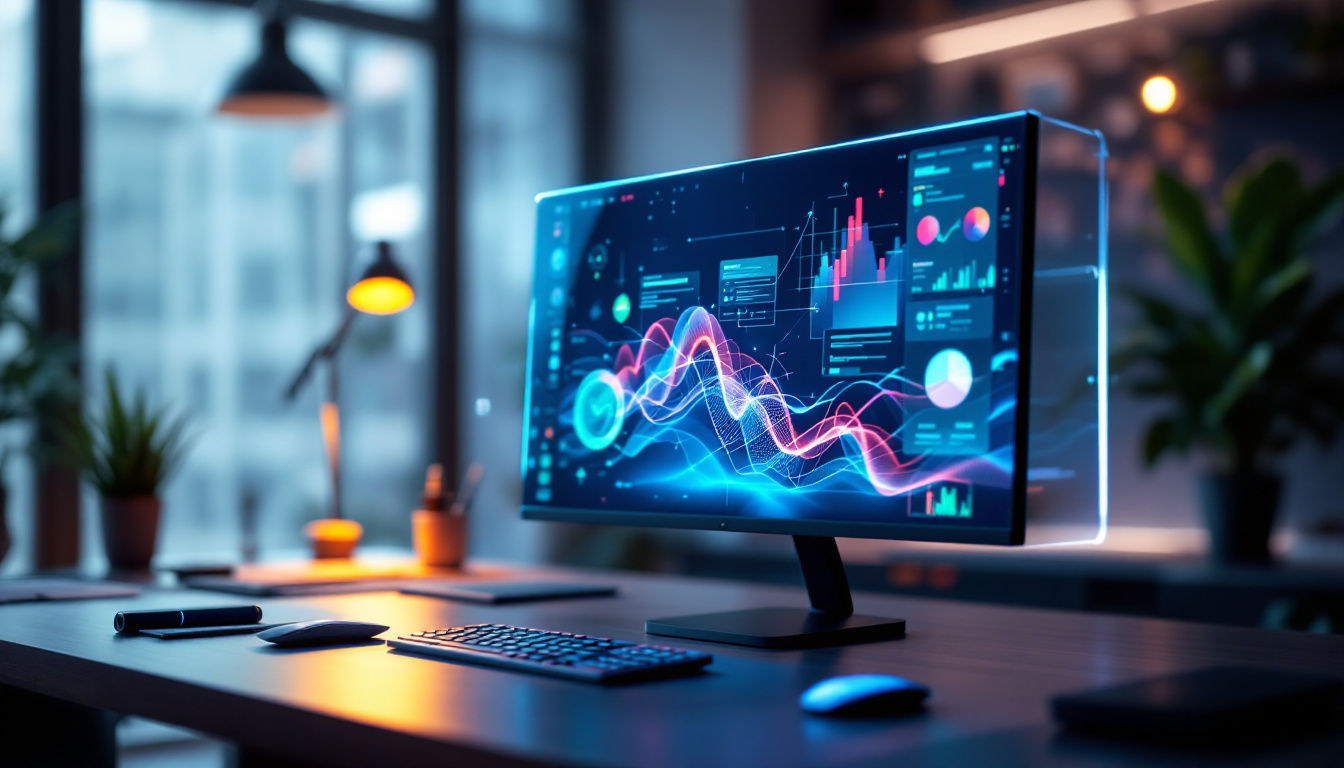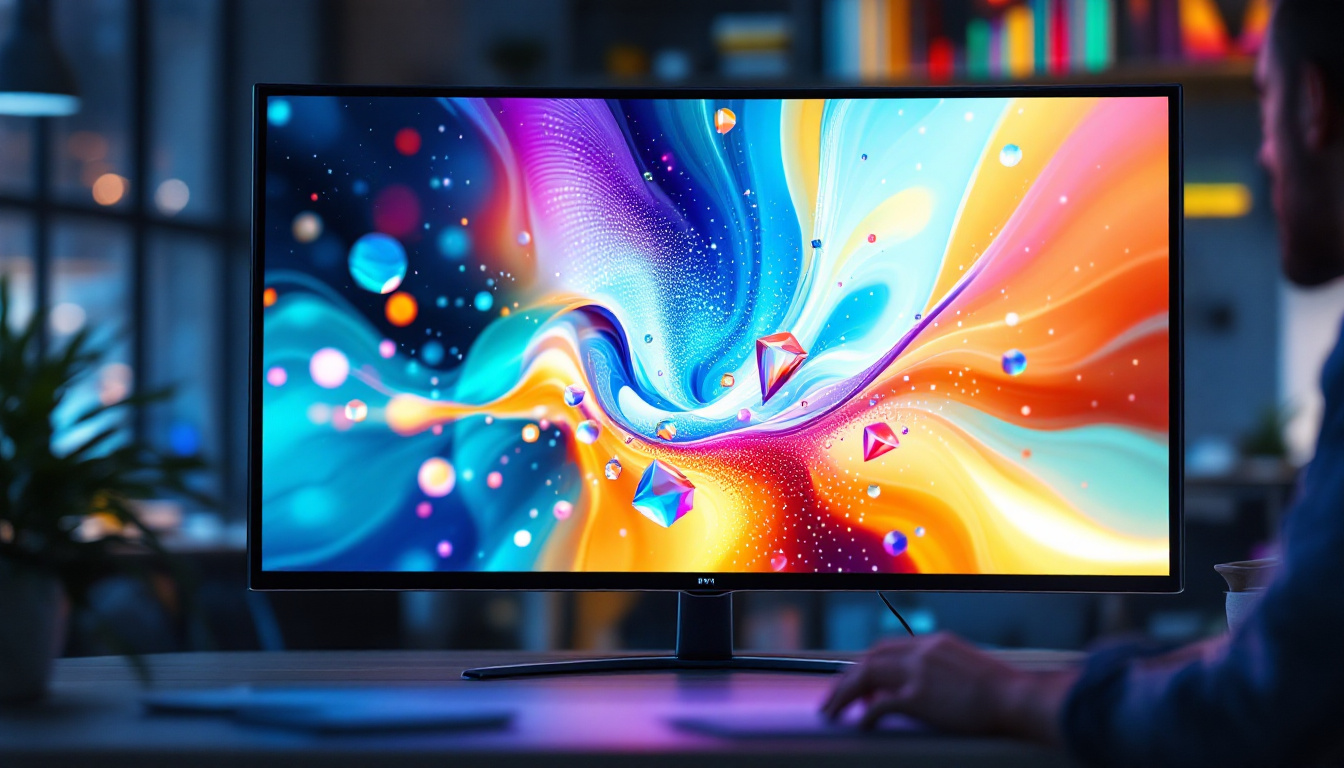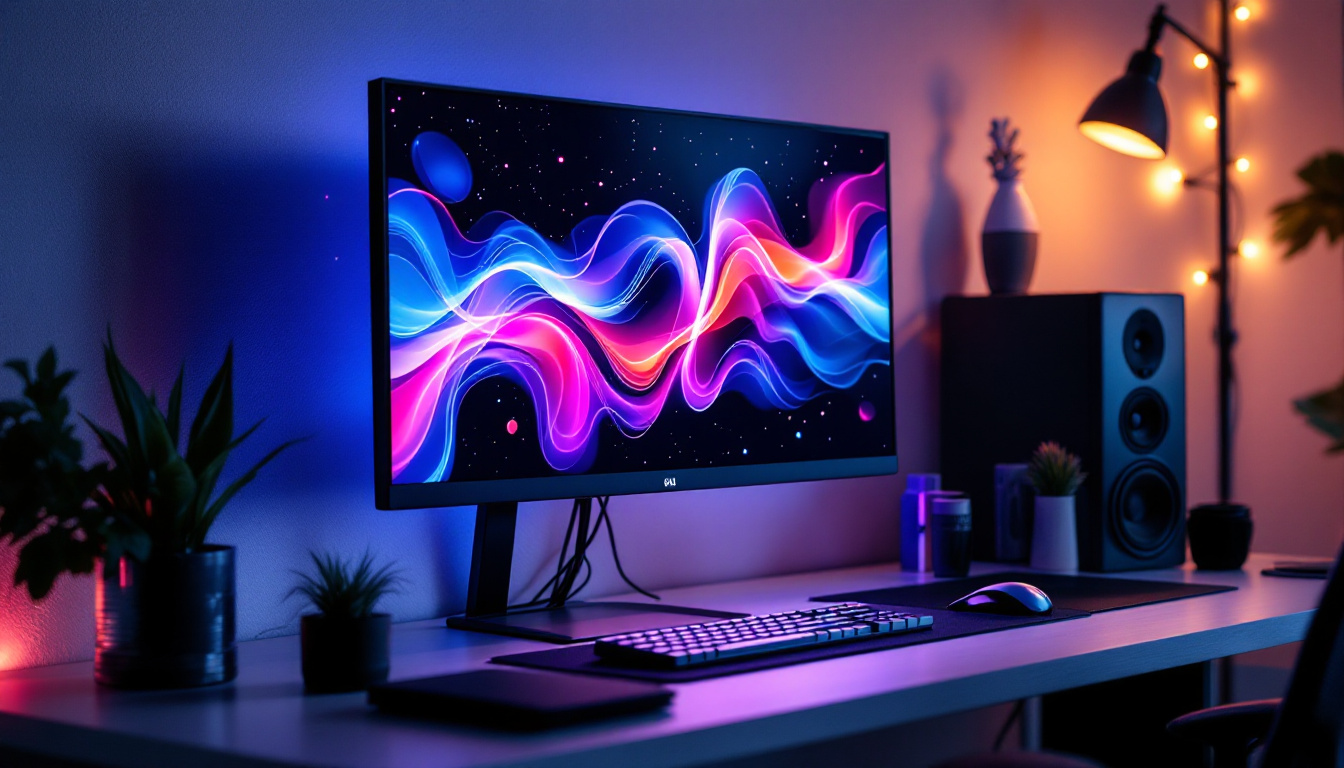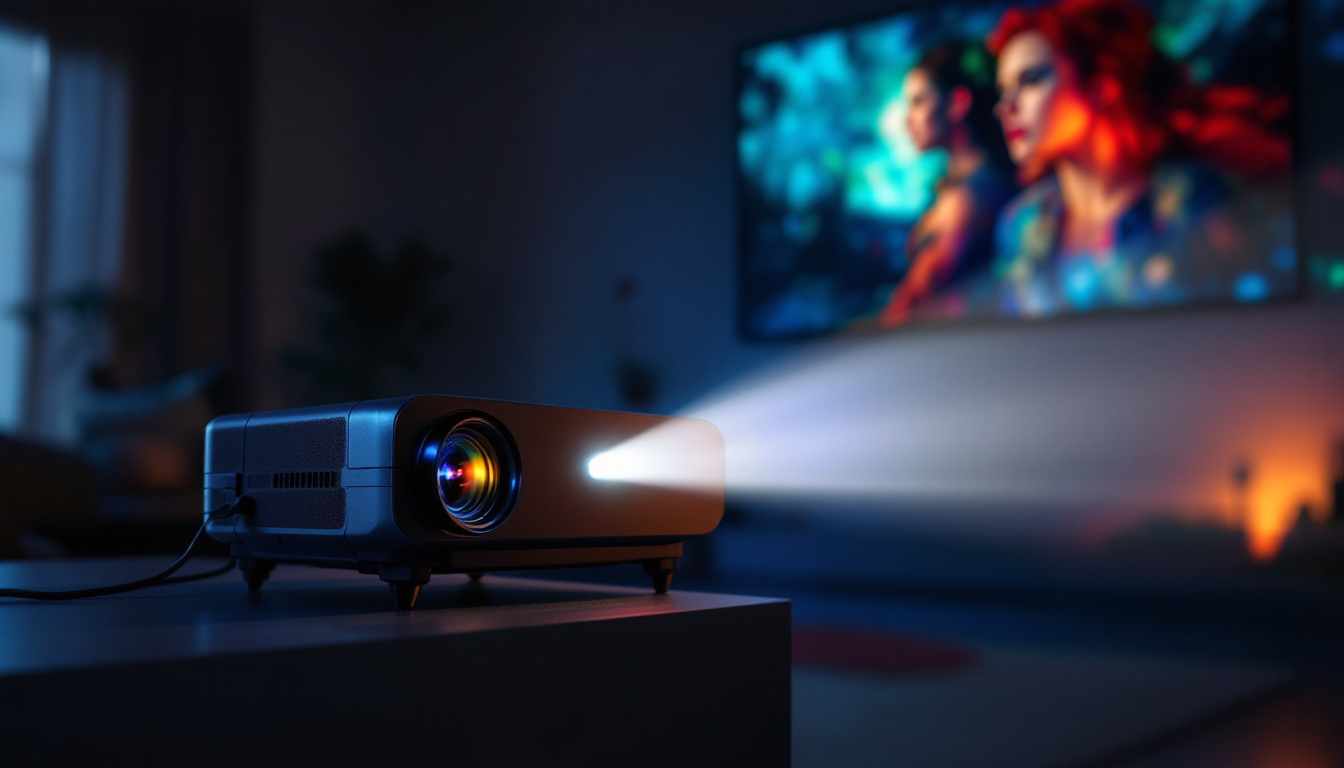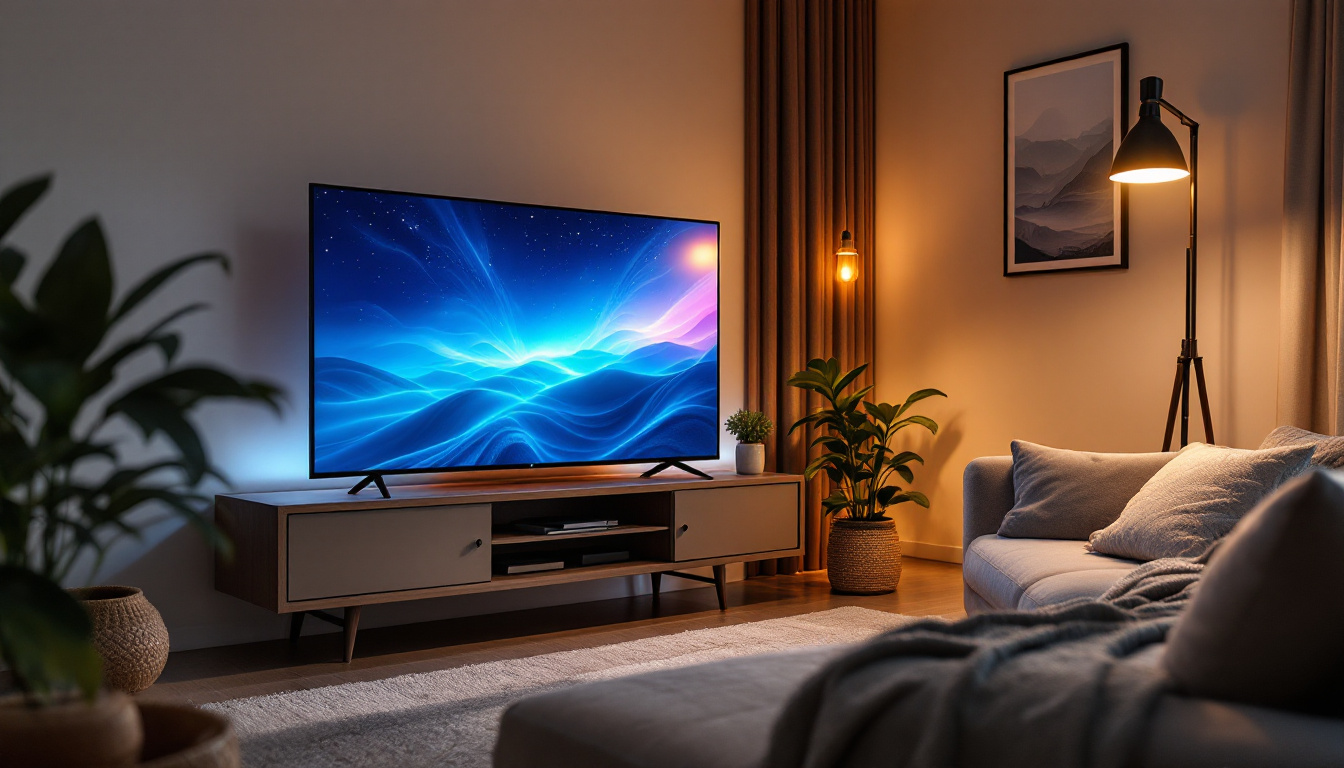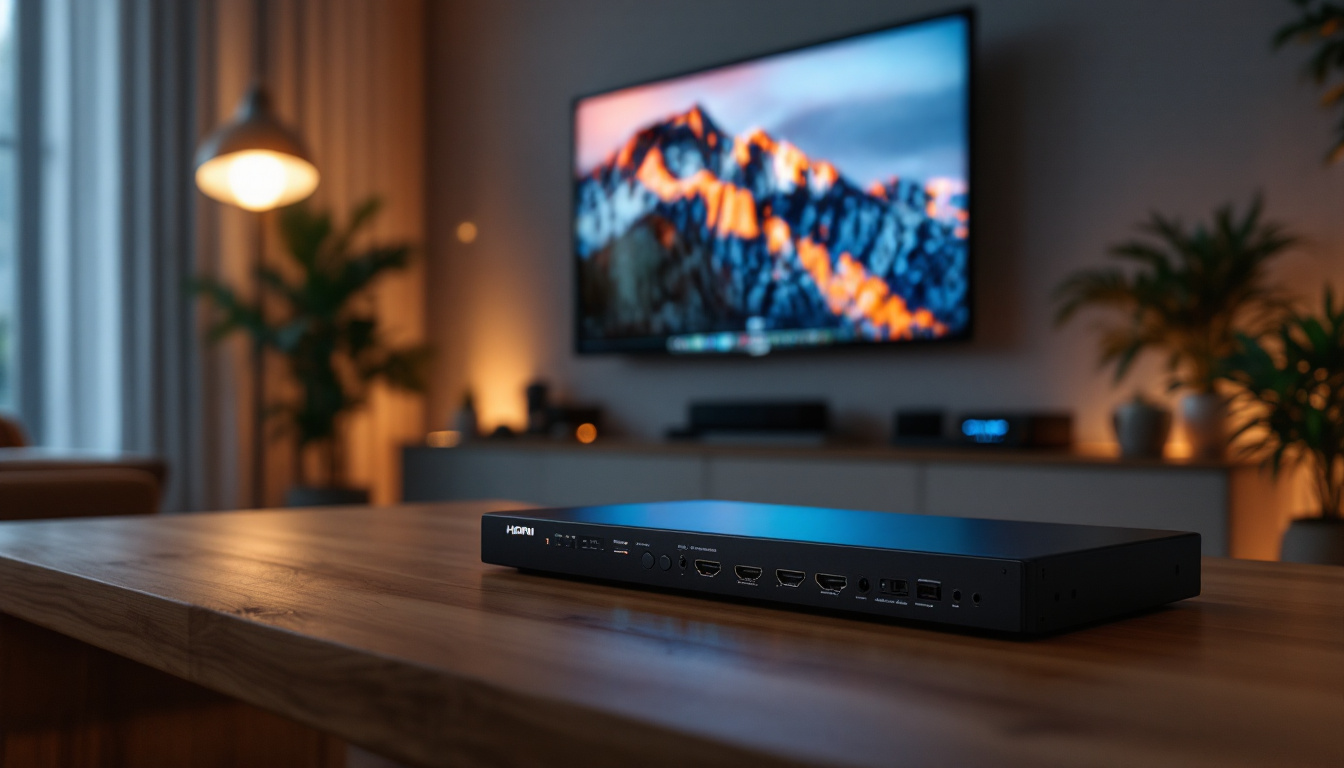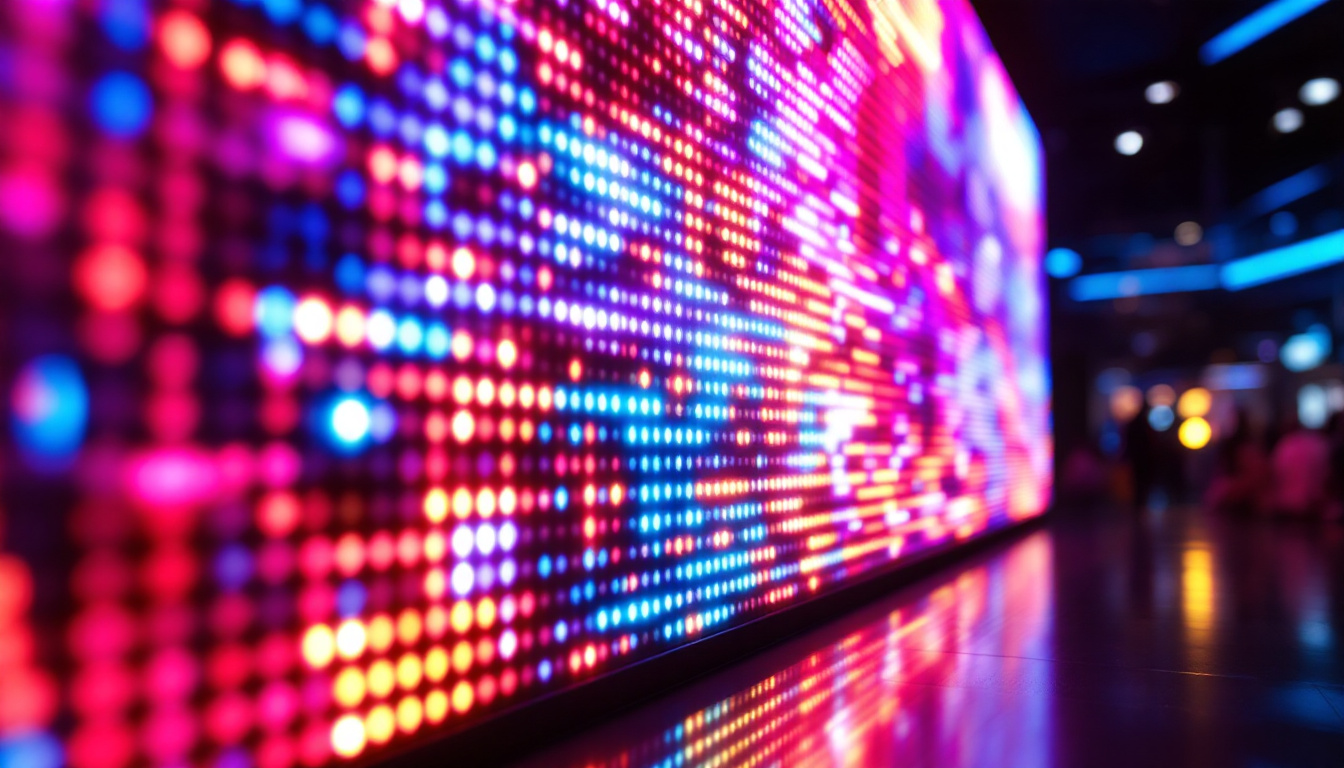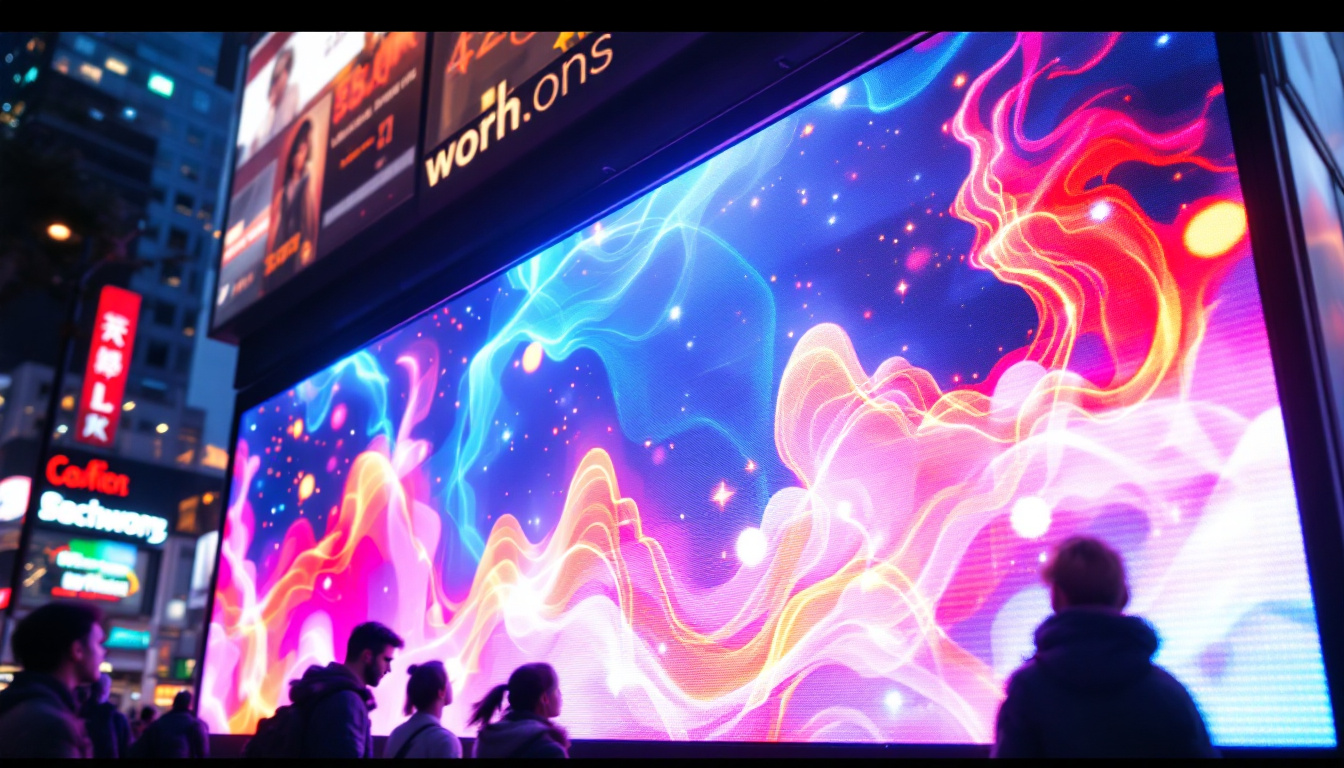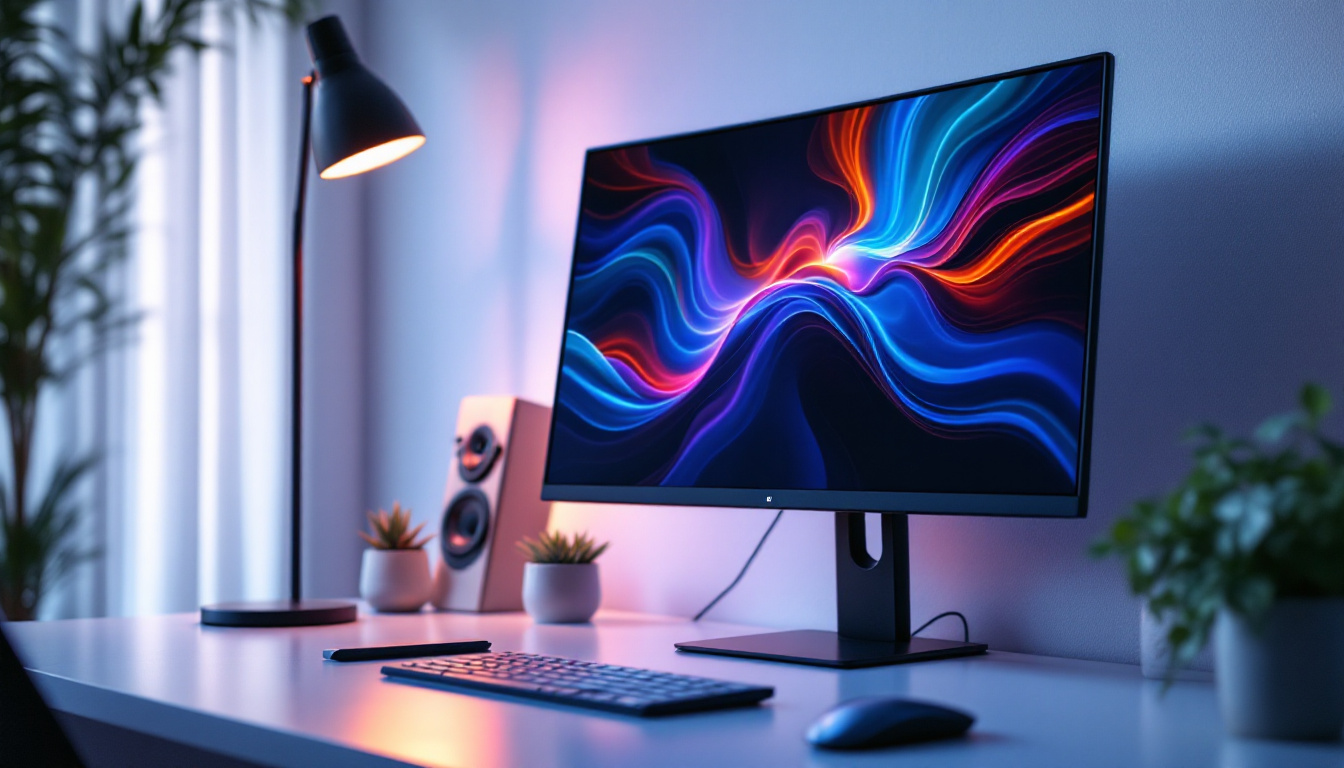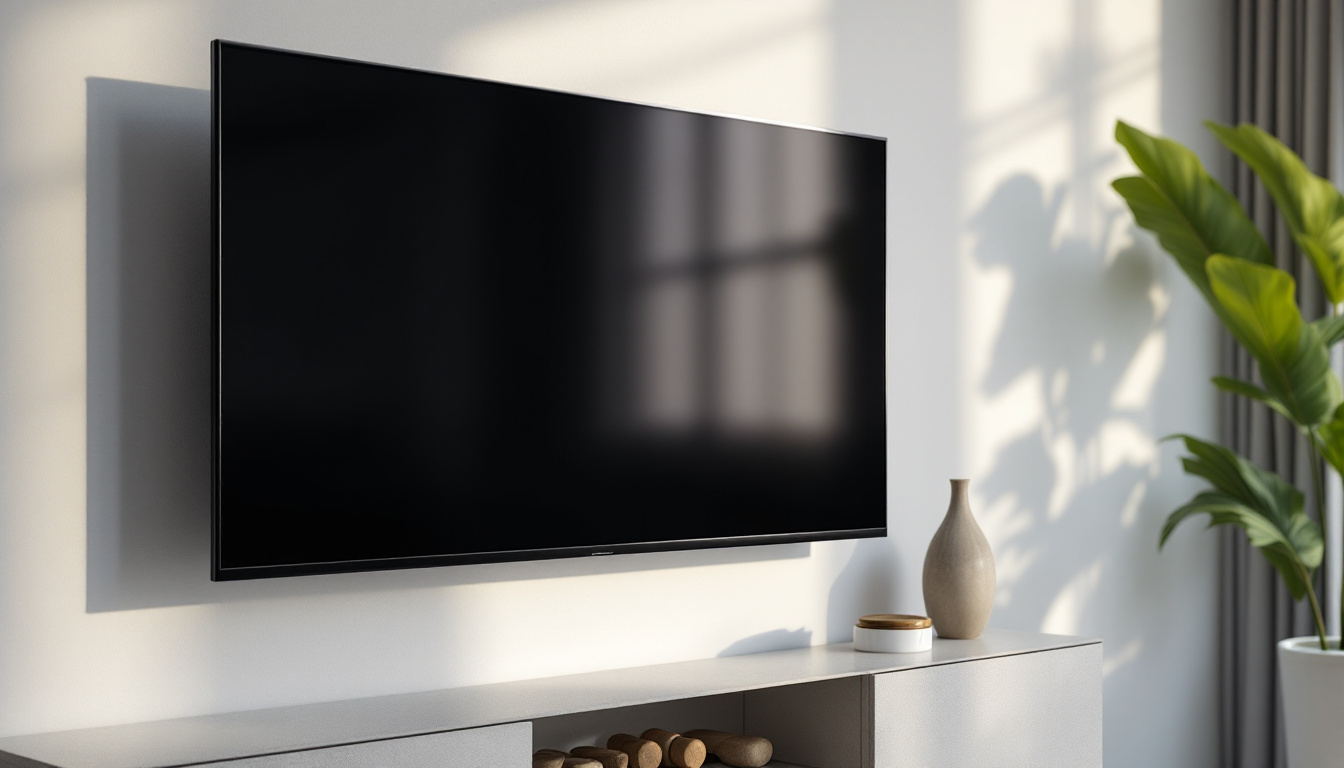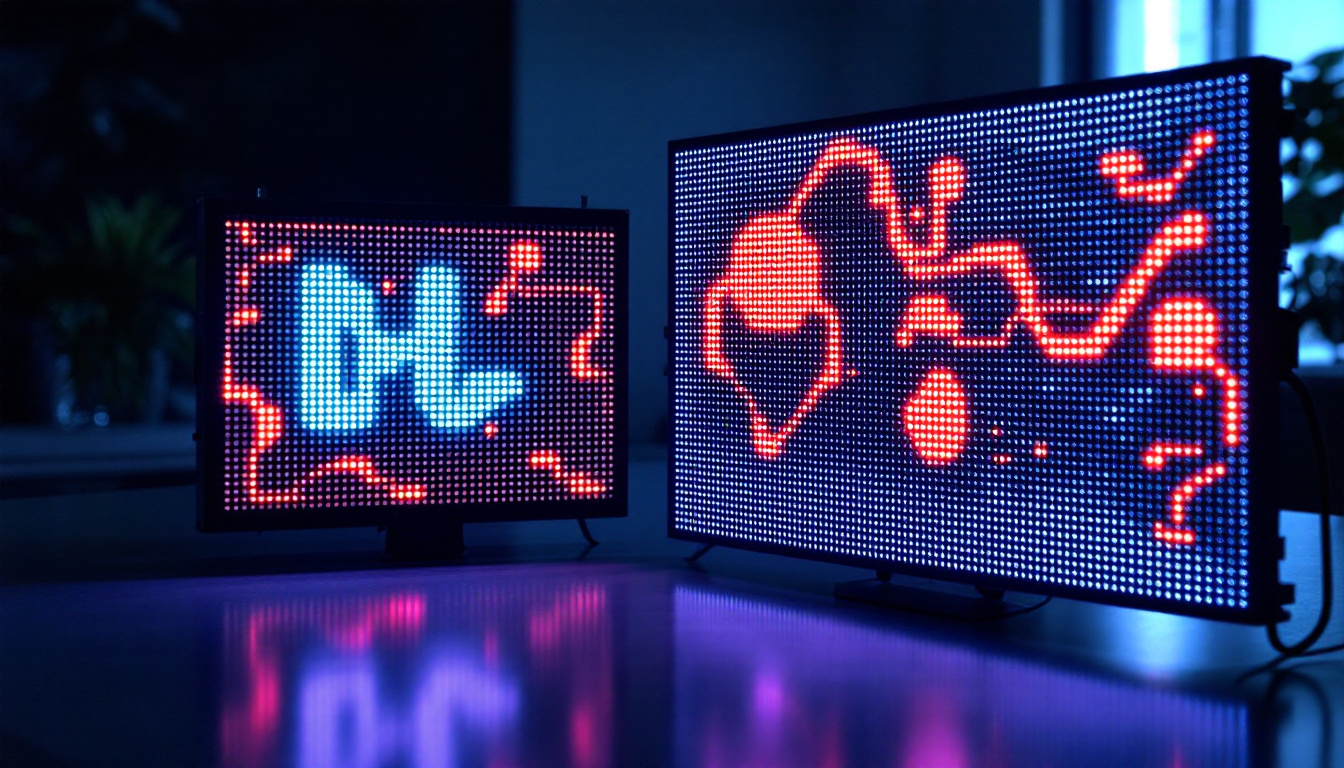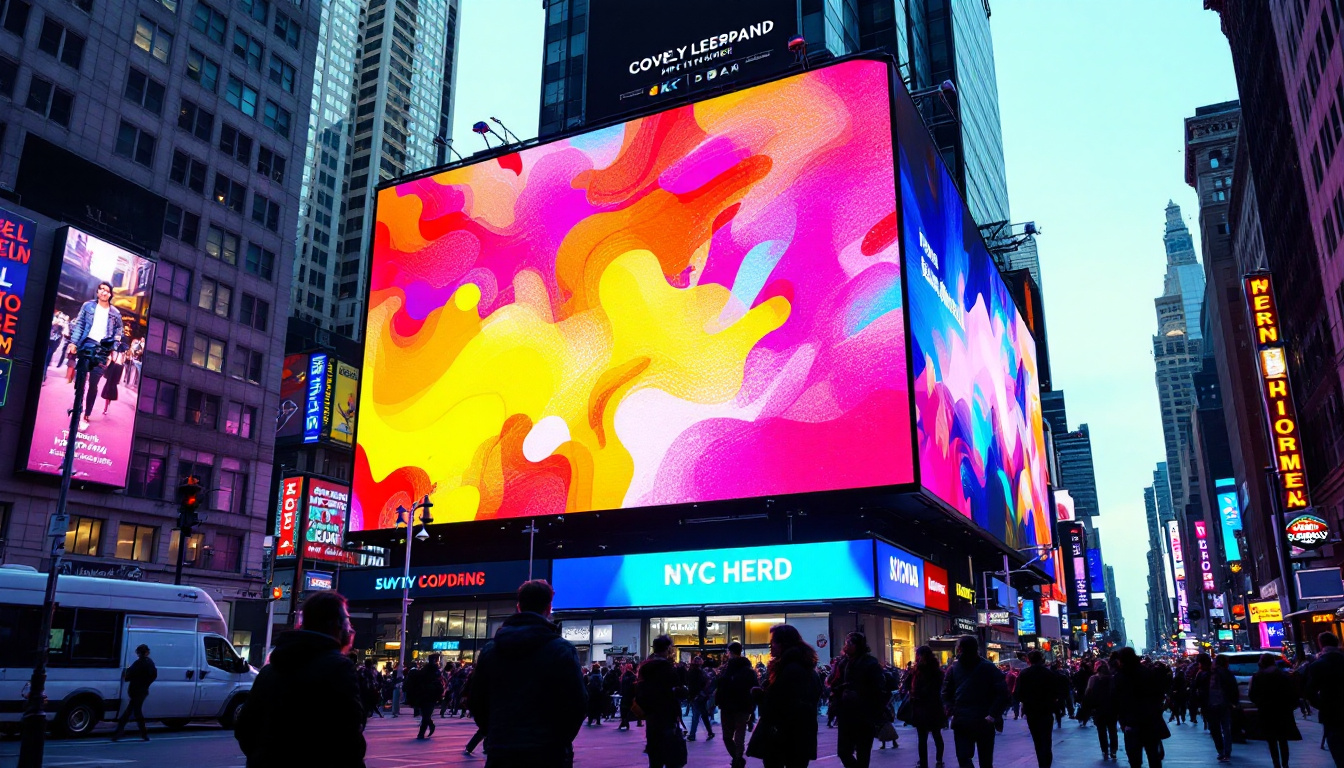In today’s fast-paced digital world, touchscreen monitors have become an integral part of our daily lives. The 24-inch touchscreen monitor, in particular, offers a perfect blend of size and functionality, making it an excellent choice for both personal and professional use. This article delves into the intricacies of 24-inch touchscreen monitors, focusing specifically on LED display technology and its advantages.
Understanding Touchscreen Technology
Touchscreen technology has revolutionized the way users interact with devices. By allowing direct interaction with the display, it enhances user experience and efficiency. Touchscreens can be categorized into several types, including resistive, capacitive, and infrared technologies, each with its unique characteristics and applications.
Types of Touchscreen Technologies
Resistive touchscreens consist of two flexible layers separated by a small gap. When pressure is applied, the layers touch, registering the input. This type is known for its durability and affordability, making it suitable for various applications, including industrial environments. Additionally, resistive screens can be operated with a stylus or gloved hands, which is particularly advantageous in settings where users may not want to expose their skin to surfaces, such as in medical facilities or food processing plants.
Capacitive touchscreens, on the other hand, utilize the electrical properties of the human body. When a finger touches the screen, it alters the electrical field, allowing the device to register the input. This technology is more responsive and supports multi-touch gestures, making it popular in consumer electronics. The ability to recognize multiple touch points simultaneously has enabled a range of applications, from pinch-to-zoom features in smartphones to complex gesture controls in tablets and laptops, enhancing the overall interactivity of devices.
Infrared touchscreens use an array of infrared light beams across the screen. When an object interrupts the beams, the system detects the touch point. This technology is often used in large displays, such as kiosks and interactive whiteboards, due to its durability and versatility. Infrared systems are particularly beneficial in outdoor environments, as they are not affected by water or dust, making them ideal for interactive displays in public spaces. Furthermore, the lack of a physical layer over the screen allows for clearer visuals and a more immersive user experience, which is crucial for applications that require high-resolution graphics.
As touchscreen technology continues to evolve, innovations such as haptic feedback and pressure sensitivity are being integrated into devices, further enhancing user interaction. Haptic feedback provides tactile responses to touch, creating a more engaging experience, while pressure sensitivity allows for nuanced input, similar to drawing on paper with varying pressure. These advancements are paving the way for more intuitive interfaces in fields ranging from gaming to graphic design, where precision and responsiveness are paramount.
LED Display Technology
LED (Light Emitting Diode) display technology is a popular choice for touchscreen monitors, including the 24-inch models. LED displays offer numerous advantages over traditional LCD screens, primarily in terms of brightness, energy efficiency, and color accuracy.
Brightness and Contrast
One of the standout features of LED displays is their ability to produce brighter images compared to conventional LCDs. This is particularly beneficial in environments with high ambient light, where visibility can be a challenge. The enhanced brightness also contributes to better contrast ratios, allowing for deeper blacks and more vibrant colors.
High contrast ratios enhance the viewing experience, making images and text clearer and more legible. This is especially important for tasks that require precision, such as graphic design or data analysis, where color accuracy is crucial. Additionally, the improved contrast can significantly enhance multimedia experiences, such as watching movies or playing video games, by providing a more immersive and engaging visual experience. The ability to display a wider range of colors and shades also allows for more realistic images, which is particularly appealing in creative fields.
Energy Efficiency
LED technology is known for its energy efficiency. LED displays consume significantly less power than traditional displays, which can lead to cost savings over time. This is an important consideration for both businesses and individuals looking to reduce their energy consumption and environmental impact.
Moreover, the longevity of LED displays is another factor that contributes to their overall efficiency. With a lifespan that often exceeds 50,000 hours, LED monitors require less frequent replacements, further minimizing waste and costs. This durability not only benefits the environment by reducing electronic waste but also provides users with a reliable and consistent performance over the years. In addition, many modern LED displays come equipped with features like automatic brightness adjustment, which optimizes power usage based on the surrounding light conditions, further enhancing their energy-saving capabilities.
Furthermore, the lower heat output of LED displays compared to traditional monitors means that they can contribute to a cooler working environment, reducing the need for additional air conditioning in office settings. This not only enhances comfort but also leads to additional energy savings, making LED displays an even more attractive option for eco-conscious consumers and businesses alike.
Benefits of a 24-Inch Touchscreen Monitor
The 24-inch touchscreen monitor is an ideal size for a variety of applications, striking a balance between usability and screen real estate. This size is particularly advantageous for both home and office environments, providing ample space for multitasking without overwhelming the user.
Enhanced User Interaction
Touchscreen monitors facilitate a more intuitive interaction with software and applications. The 24-inch size allows for comfortable navigation, whether for casual browsing, professional presentations, or gaming. The larger display area provides sufficient room for gestures, making tasks like zooming and scrolling more fluid and natural.
Furthermore, the tactile nature of touchscreen technology can enhance learning and engagement, particularly in educational settings. Students can interact directly with educational content, promoting active participation and better retention of information.
Versatility in Applications
From digital signage to point-of-sale systems, the versatility of a 24-inch touchscreen monitor is unmatched. In retail environments, these monitors can display promotional content while allowing customers to interact with products or services directly. In corporate settings, they can serve as collaborative tools during meetings, enabling participants to share and edit documents in real time.
Additionally, the gaming industry has embraced touchscreen technology. The 24-inch size provides an immersive experience, allowing gamers to interact with their games in a more engaging manner. The combination of LED display technology and touchscreen capabilities results in vibrant graphics and responsive gameplay.
Choosing the Right 24-Inch Touchscreen Monitor
When selecting a 24-inch touchscreen monitor, several factors should be considered to ensure it meets specific needs and preferences. Understanding the features and specifications can help users make an informed decision.
Resolution and Image Quality
Resolution plays a crucial role in image quality. A higher resolution means more pixels, resulting in sharper and clearer images. For a 24-inch monitor, a Full HD resolution of 1920×1080 pixels is standard, but options for 4K resolution are also available, providing even greater detail.
Image quality is not solely dependent on resolution; factors such as color accuracy, viewing angles, and response times also come into play. A monitor with good color reproduction and wide viewing angles ensures that images appear consistent, regardless of the user’s position relative to the screen.
Connectivity Options
Connectivity is another essential aspect to consider. A 24-inch touchscreen monitor should offer a variety of ports to accommodate different devices. Common connectivity options include HDMI, DisplayPort, USB, and VGA. Having multiple ports allows for flexibility in connecting laptops, desktops, and other peripherals.
Additionally, some monitors come equipped with built-in speakers and webcams, enhancing their functionality for video conferencing and multimedia applications. This can be particularly beneficial in a home office or business setting.
Maintenance and Care for Touchscreen Monitors
Proper maintenance of a 24-inch touchscreen monitor is vital to ensure its longevity and optimal performance. Regular cleaning and careful handling can prevent damage and maintain a clear display.
Cleaning Techniques
Cleaning a touchscreen monitor requires specific techniques to avoid damaging the screen. It is recommended to use a microfiber cloth, which is gentle and effective at removing fingerprints and smudges without scratching the surface. For stubborn stains, a mild cleaning solution specifically designed for electronics can be used, but it is essential to avoid harsh chemicals that could harm the screen.
Additionally, users should avoid applying excessive pressure while cleaning, as this can affect the touchscreen’s sensitivity. Regular maintenance, including dusting and cleaning, can significantly extend the life of the monitor.
Handling and Usage Tips
To prevent physical damage, users should handle the monitor with care. Avoid placing heavy objects on the screen or exposing it to extreme temperatures. When adjusting the monitor’s position, ensure that it is securely mounted or placed on a stable surface to prevent accidental falls.
Moreover, using a screen protector can provide an extra layer of defense against scratches and wear. This is especially useful in environments where the monitor may be subject to frequent use or potential impacts.
Conclusion
The 24-inch touchscreen monitor with LED display technology offers a compelling combination of functionality, efficiency, and user engagement. Its versatility makes it suitable for various applications, from professional environments to personal use. By understanding the features and benefits of this technology, users can make informed decisions that enhance their digital experiences.
As technology continues to evolve, the capabilities of touchscreen monitors will likely expand, offering even more innovative solutions for users. Whether for work, education, or entertainment, the 24-inch touchscreen monitor stands out as a valuable tool in the modern digital landscape.
Discover LumenMatrix’s Advanced LED Display Solutions
Ready to elevate your visual experience with the latest in LED display technology? Look no further than LumenMatrix, a pioneer in crafting immersive LED displays that transform any space into a dynamic environment. Whether you’re interested in enhancing your professional workspace or creating engaging personal entertainment setups, LumenMatrix has a solution tailored to your needs. From Indoor and Outdoor LED Wall Displays to innovative Transparent and Custom LED Displays, our products are designed to captivate and communicate with unparalleled clarity. Check out LumenMatrix LED Display Solutions today and step into the future of digital engagement.


